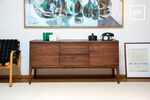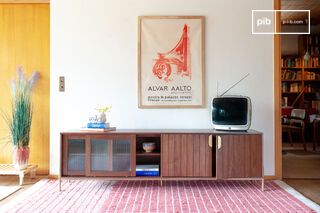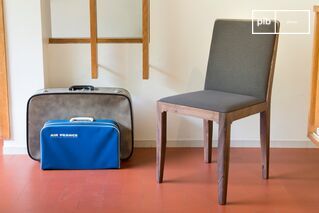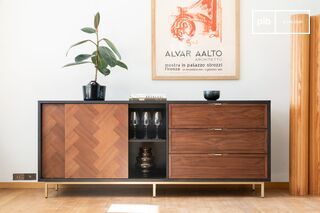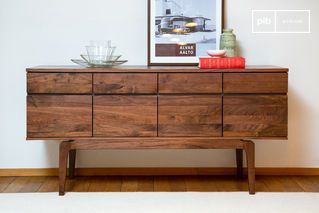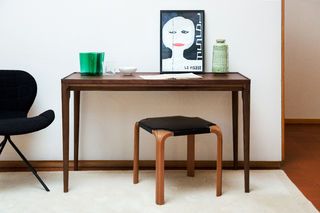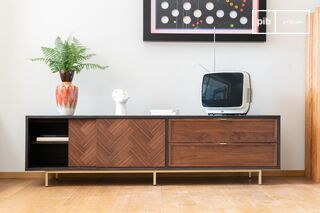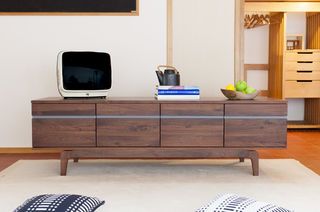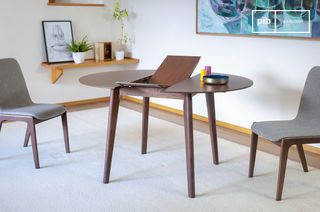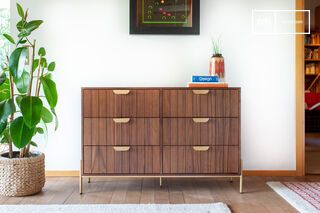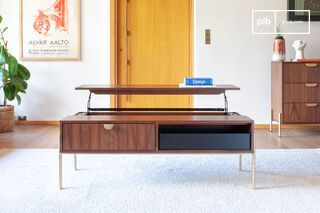Walnut
The Walnut category features furniture made from solid or veneered wood, selected for its deep hue and irregular grain. Walnut is characterized by a stable visual density and a natural color ranging from medium to dark brown, with occasional lighter shades. It is used for tops, fronts, bases and structural elements. Walnut can be used to contrast with light-colored materials, or as a visual continuity in sober compositions.
read more >Filters
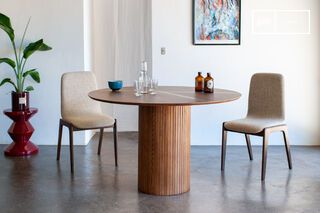
Walnut-tone wood round table for 6Ligna
£950 £855-10%
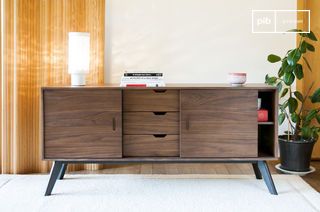
Walnut buffetHinda
£1315
10 festive days
10% off our tables and consoles
Welcome your guests in style · Limited stock
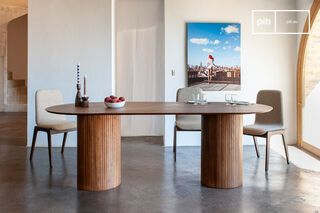
Walnut-tone wood oval table for 8Ligna
£1210 £1090-10%
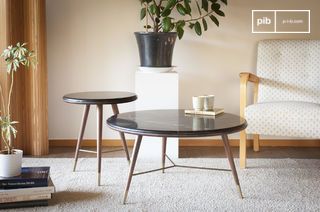
Black marble coffee tableSivart
£930 £840-10%

Walnut TV standHemët
£1925
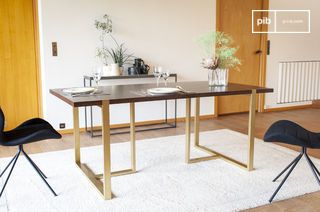
Walnut dining tableNeutra
£950 £855-10%
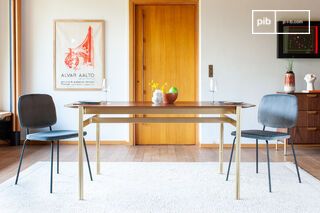
Dark wood dining tableAurora
£1070 £960-10%
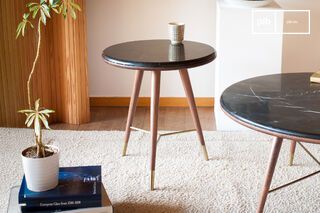
Black marble end tableSivart
£460 £415-10%
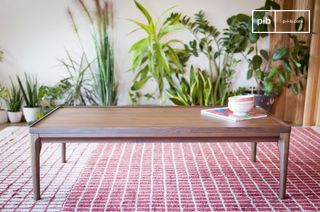
Walnut coffee tableHemët
£670 £605-10%
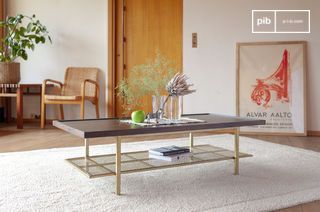
Walnut coffee tableNeutra
£845 £760-10%
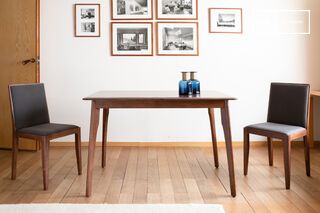
Small dark wood dining tableUmea
£585 £525-10%
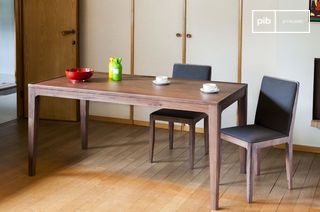
Walnut dining tableHemët
£1210 £1090-10%

Walnut in furniture: characteristics and uses
Walnut is a hard, dense and stable wood, used in cabinetmaking for its mechanical properties and distinctive visual rendering. It can be worked in solid or veneered form, depending on the piece in question. Its tight structure and resistance to deformation make it ideal for table tops, storage fronts, legs and frame elements. Walnut is often used in sober compositions, where its dark color acts as a point of balance in the layout of a space. It is rarely stained, to preserve the natural richness of its material.
Visual reading and finishes
Walnut has an irregular grain, sometimes marked by variations in tone, which makes each piece unique without resorting to a pattern. Depending on the cut and the treatment applied (oiled, waxed or matte), the surface may darken slightly over time. Wood is stable and not subject to reflection. It can be combined with light-colored or cool materials such as painted metal, marble and ceramics to create sharp contrasts. In furniture, walnut visually structures an ensemble without dominating. It is used to provide a base or frame in a layout, notably as a sideboard, table or desk.
Furnishings, care and material combinations
Walnut is suitable for all living spaces, provided prolonged exposure to direct light is avoided, which can alter its shade. Indoors, maintenance is simple: dry or slightly damp cloth, without aggressive products. A neutral oil can be applied occasionally to revive the fibers. Walnut works in contrast with light textiles (linen, cotton) or as a continuity with dark matte surfaces. It can also be combined with brass or black metal, reinforcing lines without overloading. Its use is based on a balance between visual density and legibility of form.
The *Walnut* category brings together pieces where wood acts as structure, surface and visual cue. It fits into controlled compositions, providing legible mass and a stable color over time.
The *Walnut* category brings together pieces where wood acts as structure, surface and visual marker
